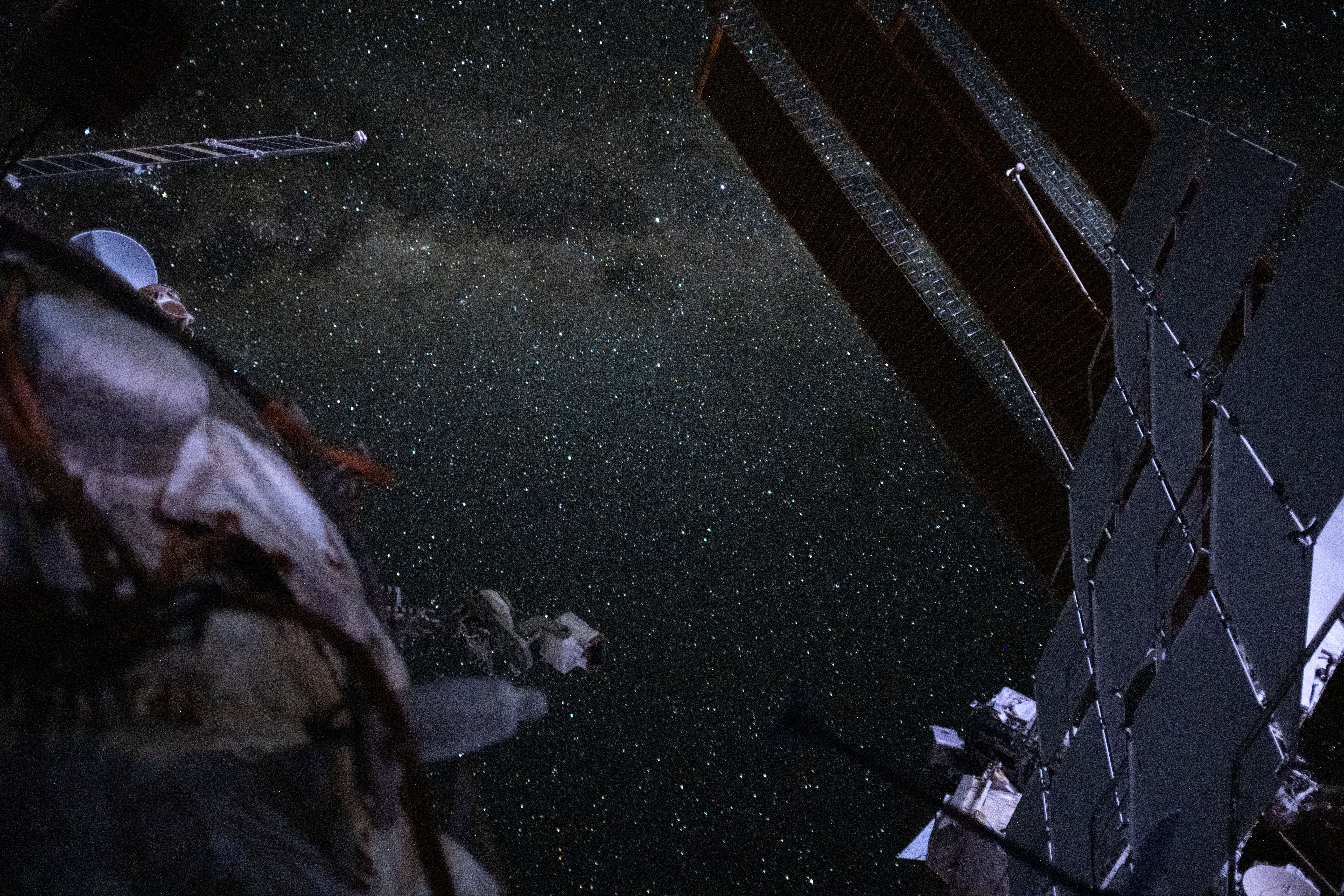NASA awards launch services contract for Dragonfly mission – SatNews
Original Publication Date: 2024-11-25 00:00

NASA has selected SpaceX to provide launch services for the Dragonfly mission. The rotorcraft lander mission under NASA’s New Frontiers Program is designed to explore Saturn’s moon Titan. The firm-fixed-price contract has a value of approximately $256.6 million.
Yafa Medya TV channels on Es’hail-2 – SatNews
Original Publication Date: 2024-11-25 00:00

Es’hailSat, the Qatar Satellite Company, has expanded its channel offerings by incorporating two new channels, Tayba and Al Tanasuh TV. Tayba TV is a television channel that offers a mix of religious, cultural, and general programming, reflecting its commitment to promoting values-based content. AlTanasuh TV is an Islamic television channel. It focuses on promoting Islamic teachings and values, with programs including religious lectures and discussions hosted by Islamic scholars.
Telenor Sweden’s CEO steps down after intense, fun and challenging years – SatNews
Original Publication Date: 2024-11-25 00:00

Bjørn Ivar Moen will leave the position as CEO of Telenor Sweden at the end of the year. Recruitment of a new CEO will be announced shortly. Ivar Moen has a career of more than 20 years in Telenor.
NASA’s Commercial Partners Make Progress on Low Earth Orbit Projects
Original Publication Date: 2024-11-25 16:18

NASA and its commercial partners continue to drive innovation in space exploration. Recent achievements include completed safety milestones, successful flight tests, and major technological advancements. “Our commercial partners’ growing capabilities in low Earth orbit underscore NASA’s commitment to advance scientific discovery, pioneering space technology, and support future deep space exploration,” said Angela Hart, manager of the Commercial Low Earth Orbit Development Program.
NASA’s Europa Clipper: Millions of Miles Down, Instruments Deploying

NASA's Europa Clipper launched Oct. 14 on a journey to Jupiter's moon Europa. The spacecraft is zooming along at 22 miles per second (35 kilometers per second) relative to the Sun. It will travel 1.8 billion miles (2.9 billion kilometers) to arrive at Jupiter in 2030.
New study provides explanation behind origins of Martian moons Phobos and Deimos
Original Publication Date: 2024-11-24 19:46

NASA scientists have modeled the destruction of an asteroid around Mars to investigate the possible origins of Mars’ two, mysterious moons. Led by Jacob Kegerreis, the team’s new study revealed that a rogue asteroid may have passed too close to Mars. During its flyby, Mars’ strong gravitational pull would have disrupted, or ripped apart, the asteroid, leading to hundreds of thousands of small rocky fragments orbiting Mars.
